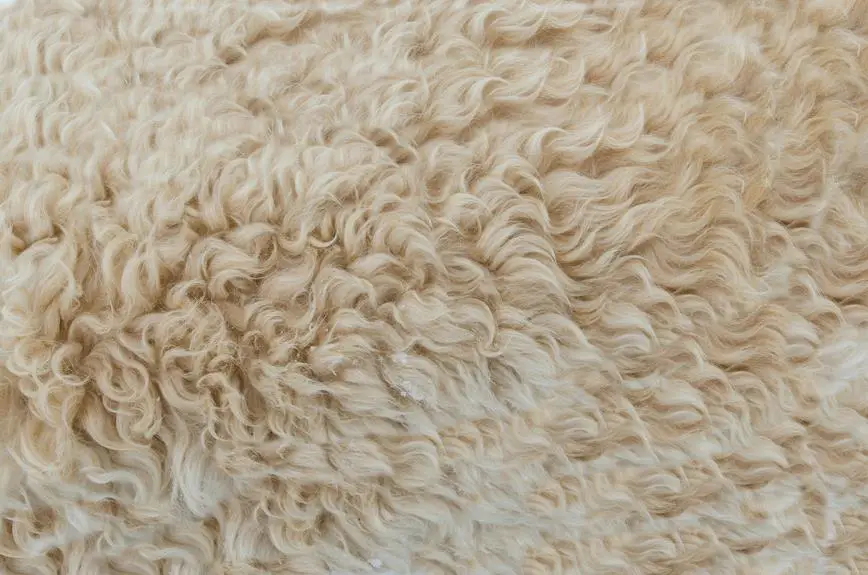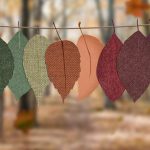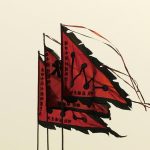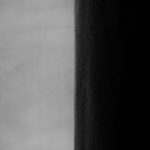When you're choosing between damask and jacquard, it's essential to understand their unique characteristics and applications. Damask offers a refined, reversible design often found in formal settings, while jacquard's intricate, multicolored textures are perfect for making bold statements. Both weaving techniques have rich histories and distinct qualities that cater to different needs. But how do these differences influence your choices in home décor or fashion? Exploring their origins and practical uses can reveal much more than just aesthetics—let's take a closer look.
Table of Contents
Historical Background of Damask
Damask fabric has a rich history that dates back to ancient times, originating from the city of Damascus in Syria. This luxurious fabric, characterized by its intricate patterns and reversible designs, quickly gained popularity across the Mediterranean.
You'll find that the term 'damask' now refers to any fabric with a similar weave, but its roots lie in the silk trade that thrived in the region.
In the Middle Ages, damask became a symbol of wealth and prestige, often used in royal households and churches. Craftsmen skillfully wove the fabric using silk, wool, or linen, showcasing elaborate floral and geometric designs.
As you explore its history, you'll notice that damask fabrics weren't only beautiful but also practical, often used for table linens, upholstery, and clothing.
Historical Background of Jacquard
The Jacquard fabric, developed in the early 19th century, revolutionized weaving with its innovative loom that allowed for complex patterns to be produced automatically. Created by Joseph Marie Jacquard in 1804, this loom used punch cards to control the weaving process, making it easier for weavers to create intricate designs without needing constant manual adjustments. This automation not only increased efficiency but also significantly lowered production costs, making patterned fabrics more accessible.
Here's a quick look at some key elements of Jacquard history:
| Aspect | Details |
|---|---|
| Inventor | Joseph Marie Jacquard |
| Year Developed | 1804 |
| Key Innovation | Use of punch cards for automation |
The impact of Jacquard's invention reached far beyond textiles; it laid the groundwork for modern computing. The concepts of binary code and programming can trace their lineage back to Jacquard's punch card system. So, when you admire a Jacquard fabric, remember the significant historical advancements that shaped its creation!
Weaving Techniques Explained
Weaving techniques vary widely, each offering unique textures and patterns that can transform a simple fabric into a stunning piece of art. When you dive into the world of textiles, you'll encounter methods like plain weave, satin weave, and twill weave. Each technique has its own set of characteristics.
Plain weave, the most basic method, alternates between warp and weft threads, creating a simple, flat fabric. This technique is often used in everyday items like cotton sheets and canvas.
Satin weave, on the other hand, allows the warp threads to float over several weft threads, resulting in a smooth, shiny surface. This is often seen in luxurious fabrics like satin and silk.
Twill weave creates diagonal lines by passing the weft thread over and under multiple warp threads. This technique not only adds texture but also enhances durability, making it perfect for denim and upholstery.
Jacquard and damask techniques combine these methods to produce intricate designs.
Understanding these weaving techniques will help you appreciate the craftsmanship behind the fabrics you choose, whether for home decor or fashion.
Key Characteristics Comparison
Often mistaken for one another, damask and jacquard fabrics showcase distinct characteristics that set them apart in both texture and design.
When you look closely, you'll notice that damask typically features a reversible pattern, created with a single color woven into a contrasting background. This gives it a subtle elegance, making it ideal for formal settings. The intricate designs often include floral or ornate motifs, providing a classic touch.
In contrast, jacquard fabrics are known for their complex patterns that can be multicolored and aren't necessarily reversible. The designs are woven directly into the fabric rather than printed on top, resulting in a rich texture and depth. You'll find that jacquard can feature a wider array of patterns, from geometric shapes to detailed scenes.
Another key difference lies in the weight and feel. Damask tends to be lighter and more delicate, while jacquard can be heavier and sturdier.
Understanding these differences helps you choose the right fabric for your needs, ensuring that you get the perfect blend of style and functionality for your projects.
Practical Uses and Applications
When it comes to practical uses, damask and jacquard fabrics each shine in different contexts, offering unique benefits for various applications.
Damask, with its elegant patterns and smooth texture, is perfect for formal settings. You'll find it commonly used in table linens, drapes, and upholstery, adding a touch of sophistication to dining rooms and living spaces. Its durability and ability to withstand frequent use make it a popular choice for high-end furniture.
On the other hand, jacquard's intricate designs and versatility make it suitable for a wider range of products. You might see jacquard used in everything from clothing to home textiles like cushions and bedspreads. The fabric's ability to hold detail allows for bold prints, making it a favorite for fashion designers looking to create statement pieces.
Both fabrics can elevate your interior design or wardrobe, but choosing the right one depends on your specific needs. If you're aiming for luxury and elegance, go with damask. If you prefer versatility and vibrant designs, jacquard's the way to go.
Understanding their practical uses helps you make informed choices for your projects.
Frequently Asked Questions
Can Damask and Jacquard Fabrics Be Used Interchangeably in Sewing Projects?
You can use damask and jacquard fabrics interchangeably in some sewing projects, but consider their unique textures and patterns. They might not always provide the same look or feel, so choose based on your project's needs.
Are There Specific Care Instructions for Damask and Jacquard Fabrics?
You should always check the care label on your damask or jacquard fabric. Generally, hand washing in cold water and air drying works best, but avoid bleach to keep the fabric's integrity intact.
Which Fabric Is More Expensive, Damask or Jacquard?
When considering fabric costs, jacquard tends to be more expensive due to its intricate weaving process. Damask, while still luxurious, usually comes at a lower price point, making it a more budget-friendly option for many.
How Does the Durability of Damask Compare to Jacquard?
When you compare durability, jacquard tends to outperform damask. Jacquard's heavier weave and robust materials make it more resistant to wear and tear, ensuring it lasts longer in high-use environments or frequent washing situations.
What Types of Patterns Are Typically Found in Damask Versus Jacquard?
You'll find damask patterns often feature floral or abstract designs, while jacquard patterns can include intricate images, geometric shapes, or even portraits. Both styles offer unique aesthetics that enhance any textile's visual appeal.
- How to Tell if Fabric Is Woven or Nonwoven - July 10, 2025
- The Complete Guide to Nonwoven Materials - July 10, 2025
- What Is a Nonwoven Textile? a Broad Definition - July 9, 2025







